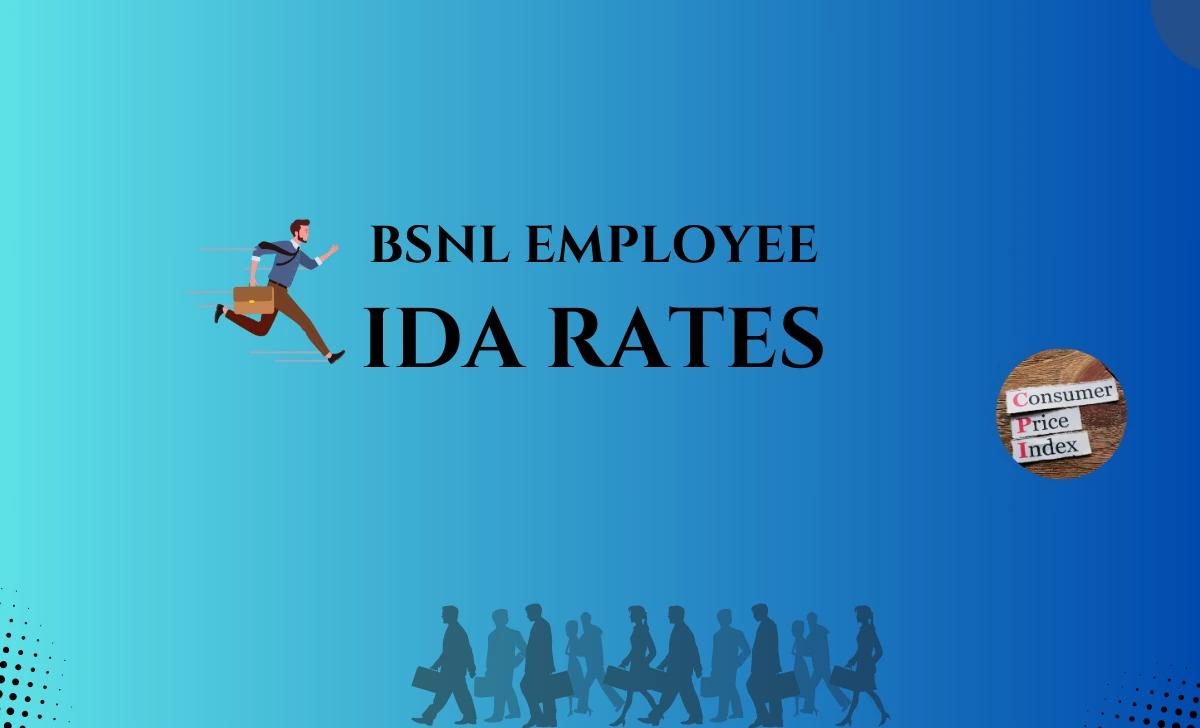KPIs are critical metrics used by organizations to measure the success of their business strategies. KPI provide organizations with data-driven insights that can help them make informed decisions about resource allocation, goal setting, and performance improvement.
In this article, we’ll take a closer look at KPI meaning and the importance of KPI in business and explore some of the KPI metrics that business should be tracking to measure the success of their KPI strategies.

The Importance of KPIs in Business
Here are some of the key benefits of using KPIs in business:
Measure Performance:
- KPIs help organizations measure their performance against specific goals and objectives.
- Businesses can spot movements and trends in their performance by monitoring KPIs over time and taking corrective action as needed.
Improve Decision Making:
By using KPIs to track performance, businesses can identify areas where they are falling short and adjust their strategies accordingly.
Increase Accountability:
- KPIs help to increase accountability within organizations by providing a clear way to measure performance.
- When individuals or teams are responsible for specific KPIs, they are more likely to take ownership of their work and work towards achieving their targets.
Align Teams:
- KPIs can help to align teams around common goals and objectives.
- When everyone is working towards the same KPIs, it is easier to keep everyone focused on what is important and working towards a common goal.
Drive Continuous Improvement:
- KPIs can help to drive continuous improvement within organizations by identifying areas where processes can be optimized or improved.
- By setting KPIs around specific areas of the business, organizations can encourage a culture of continuous improvement and innovation.
Key KPIs to Track in Business
While there are many KPIs that organizations can track, it is important to focus on the metrics that are most relevant to your business goals and objectives. Here are some of the key KPIs that businesses should be tracking to measure the success of their strategies:
Revenue:
- The total amount of money that a company makes from the sale of its goods or services is known as revenue.
- Businesses can spot trends and patterns in their sales by measuring revenue over time, and when necessary, they can take corrective action.
Customer Acquisition Cost (CAC):
- CAC is the amount of money that a business spends to acquire a new customer.
- CAC is an important KPI because it helps businesses to understand the cost of acquiring new customers and the effectiveness of their marketing and sales efforts.
Customer Lifetime Value (CLV):
- A customer’s lifetime value (CLV) is the total amount of money they can expect to spend on a company’s goods or services.
- CLV is a crucial KPI since it enables companies to prioritize customer retention efforts and comprehend the long-term worth of their clients.
Gross Profit Margin (GPM):
- The percentage of income that is left over after subtracting the cost of goods sold is known as GPM.
- GPM is a crucial KPI for businesses since it aids in understanding the profitability of their goods and services and locating places where expenses may be reduced.
Net Promoter Score (NPS):
- Customer loyalty and satisfaction are gauged through NPS.
- NPS is a crucial KPI for businesses since it reveals how likely customers are to endorse their goods or services to others.
Website Traffic:
- The volume of visitors to a website is referred to as website traffic.
- Monitoring website traffic is crucial since it enables companies to gauge the success of their online marketing and advertising campaigns.
Social Media Engagement:
- Social media engagement is a measure of how actively followers are engaging with a business’s social media content.
- High levels of social media engagement are important because they can help businesses to increase brand awareness, drive website traffic, and generate leads.
Categories and Types of KPIs
There are several categories and types of Key Performance Indicators (KPIs) that businesses can use to track their performance and progress towards their goals. Here are some common categories and types of KPIs:
Financial KPIs:
- Firstly ,these KPIs are used to measure the financial performance of a business, including revenue, profit margins, return on investment (ROI), and cash flow.
- Examples of financial KPIs include sales growth, gross profit margin, net income, and operating cash flow.
Customer KPIs:
These KPIs are used to measure the satisfaction and loyalty of customers, and can include metrics such as customer satisfaction scores, customer retention rates, and net promoter score (NPS).
Marketing KPIs:
These KPIs are used to measure the effectiveness of marketing efforts and can include metrics such as website traffic, conversion rates, and cost per lead.
Operational KPIs:
These KPIs are used to measure the efficiency and effectiveness of business operations and can include metrics such as productivity, cycle time, and inventory turnover.
Human Resources KPIs:
These KPIs are used to measure the performance and productivity of employees, and can include metrics such as employee turnover rates, training hours, and absenteeism.
Social Media KPIs:
These KPIs are used to measure the effectiveness of social media marketing efforts and can include metrics such as engagement rate, reach, and followers.
Similarities and Differences between Metrics and KPI
Similarities:
- Both metrics and KPIs are quantitative measurements that businesses can use to track performance and progress towards their goals.
- Both metrics and KPIs provide insights into how well a business is performing and can be used to identify areas for improvement.
- Both metrics and KPIs can be tracked over time to monitor trends and changes in performance.
Differences:
- Metrics can be any quantitative measurement of business performance or activity, while KPIs are specific, relevant metrics that are directly tied to a business’s goals and objectives.
- KPIs are typically a smaller subset of metrics that are most critical to a business’s success, while metrics can include a wide range of performance measurements.
- These are used to assess progress towards achieving a specific goal or objective, while metrics can be used to measure performance in any area of the business.
- KPIs are often tracked and reported on at a higher level of the organization, while metrics may be used by individual teams or departments to track their own performance.
KPI in education system
Here are some common KPIs used in the education sector:
Student attendance rate:
- This KPI measures the percentage of students who attend school regularly.
- It can help identify patterns of absenteeism and inform strategies to improve attendance.
Graduation rate:
- This KPI measures the percentage of students who graduate from high school or college.
- It can be used to evaluate the effectiveness of educational programs and identify areas for improvement.
Student retention rate:
- This KPI measures the percentage of students who continue to enroll in courses or programs from one year to the next.
- Also it can be used to assess the effectiveness of retention strategies and identify areas where support is needed.
Test scores:
- This KPI measures the academic performance of students on standardized tests.
- It can help educators identify areas where students need more support and adjust instructional methods accordingly
Job placement rate:
- This KPI measures the percentage of graduates who are employed in their field of study within a specified time.
- It can help assess the effectiveness of educational programs in preparing students for the job market.
Funding per student:
- This KPI measures the amount of funding allocated per student.
- It can use to evaluate the adequacy of educational resources and identify areas where additional funding needed.
Role of KPIs in Blogging
Key Performance Indicators (KPIs) are important in blogging who runs their blog on different platforms like WordPress, Suarespace, Weebly, and more. KPIs will help bloggers track their progress, improve their content, and also grow their audience. Here are some common KPIs for blogging:
Website traffic:
- This KPI measures the number of visitors to a blog over a specific period.
- It includes metrics such as page views, unique visitors, and sessions.
- So tracking website traffic can help bloggers understand how their content is performing and identify opportunities to attract more visitors.
Engagement metrics:
- These KPIs measure how users interact with a blog’s content.
- They include metrics such as time on site, bounce rate, and social media shares.
- Engagement metrics can help bloggers identify what content resonates with their audience and also what areas need improvement.
Subscriber growth:
- This KPI measures the number of new subscribers to a blog’s email list over a specific period.
- Building a strong email list is important for nurturing relationships with readers and driving traffic back to the blog.
Search engine rankings:
- This KPI measures a blog’s visibility in search engine results pages (SERPs).
- It includes metrics such as keyword rankings and backlinks.
- Improving search engine rankings can help bloggers attract more traffic
Content performance:
- This KPI measures the performance of individual blog posts in terms of traffic, engagement, and conversions.
- Analyzing content performance can help bloggers understand what topics and formats perform well with their audience. Also optimize their content strategy accordingly.
How do you choose the right KPI?
The right KPIs will vary depending on the organization and its goals. To choose the right KPIs, it is important to start by identifying the organization’s objectives and then selecting KPIs that are relevant, measurable, and actionable.
What are some examples of KPIs in the healthcare industry?
Some examples of KPIs in the healthcare industry include patient satisfaction, readmission rates, hospital-acquired infections, mortality rates, and wait times.
How many KPIs should an organization have?
The number of KPIs an organization should have depends on its goals and objectives. It is generally recommended to have a small number of KPIs, ideally no more than 5-10, to ensure that they are focused and meaningful.
What is a balanced scorecard?
An instrument for strategic planning and management called a balanced scorecard aids firms in coordinating their operations with their goals and objectives. It typically includes a set of KPIs that are organized into four categories: financial, customer, internal processes, and learning and growth.
How can KPIs be used in supply chain management?
KPIs can be used to track and optimize supply chain performance, such as on-time delivery, inventory turnover, and lead time. By setting KPIs related to supply chain performance, organizations can identify areas for improvement, optimize processes, and reduce costs.
How can KPIs be used in project management?
KPIs can be used to track and measure project performance, such as project completion rate, budget variance, and resource utilization. By setting KPIs related to project performance, organizations can identify areas for improvement, optimize project processes, and ensure that projects are completed on time and within budget.



